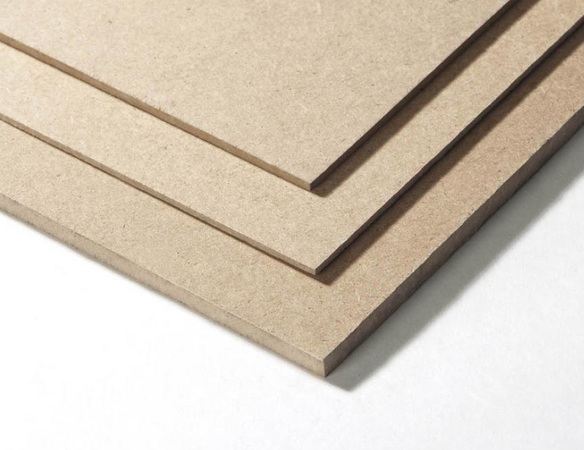
The global market for rheumatoid arthritis treatments is expected to grow at a CAGR of...
Learn More
Our consulting solutions address company specific challenges with respect to micro environment...
Learn More
Organizations frequently need day-today research guidancein order to gain strategic...
Learn More
Exploring different areas of market research and market analysis is a key factor...
Learn MoreAcute Market Reports presents the most extensive global business research services across industries. Our research studies focus on potential outcomes, benefits, and risks associated with each market segment across geographies. Having served our global clients for more than 10 years, our prime priority is to enable our clients in making well-informed business decisions through a data-driven, analytical, and uncomplicated research approach.
We provide access to the world's most comprehensive, analytical, and updated business intelligence services and solutions.




The High-DensityFiberboard (HDF) market is projected to expand at a CAGR of 5.82% during the forecast period of 2025 to 2033. HDF is a composite wood product that is made by compressing wood fibers with resin and other additives under high pressure a...
Read More
The smart implantable pumps market is expected to grow at a CAGR of 8.1%, during the forecast period of 2025 to 2033, exhibiting promising growth fuelled by advancements in technology, expanding applications in pain management and cardiovascular care...
Read More
The cell cryopreservation market plays a vital role in preserving and safeguarding various cell types for applications in research, regenerative medicine, and assisted reproductive technology. The cell cryopreservation market plays a pivotal role in ...
Read More




